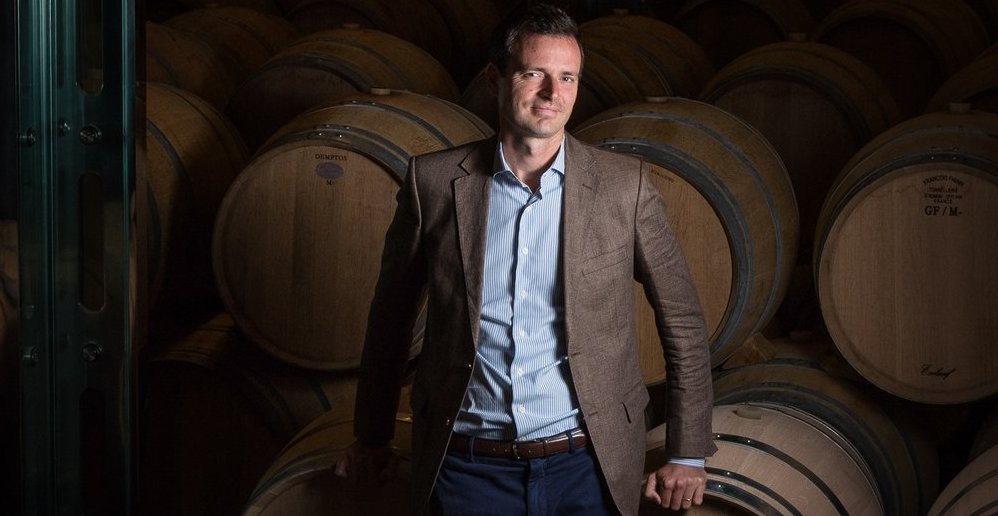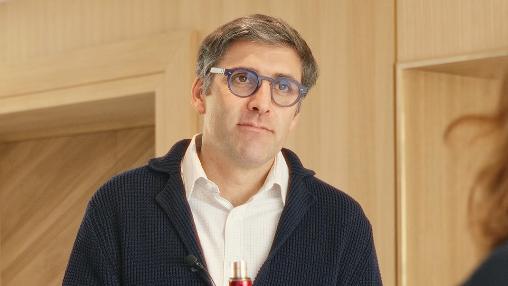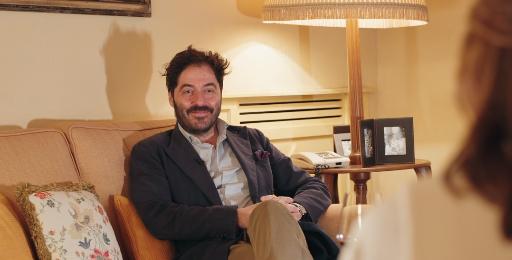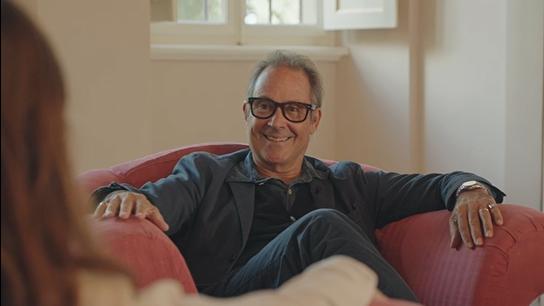
The importance of a highly structured sales force…
For this first episode, Caroline Meesemaecker had the pleasure of interviewing Charles Thomas, Sales Director of Cos d’Estournel and Domaines Reybier, and discussing with him the commercial strength of the properties.
Today, Cos d’Estournel can be found on the finest tables around the world. Is that part of your strategy? How did you implement that?
“Indeed, it’s been part of Cos’ strategy for quite some time. We have an owner who is visionary in this regard, who wanted to go beyond the traditional Place de Bordeaux in terms of distribution. While we still work through La Place, we’re also very interested in what happens after, collaborating closely with the négociants who are dear to us and who add great value to our wines.
Additionally, we’ve had a dedicated sales team focused on this for almost 10 years now. They concentrate on key strategic regions, particularly the United States, which is a key market for brand building, and Asia, a crucial market for us, especially in Shanghai. We also now have someone who will be handling Singapore and the South and Pacific islands, in addition to Shanghai.
And let’s not forget Europe, which is very important to us. We have a commercial director for Europe, based here, with a strong presence in both England and France. She often travels through the South-East, South-West, Paris, the Alps, and even regions like Burgundy and Alsace, which are becoming increasingly important in our reports and ambitions for the restaurant scene. We often think of exports, but it’s vital to be well-represented in our “home market,” if I may say so.
As for our presence on the finest tables around the world, I believe we’re there. Nothing is ever perfect, of course, but it’s a goal we’re constantly striving towards. We are lucky to have Wine Services helping us as well, identifying these prestigious tables—who’s there, who’s not, and how we can strengthen our presence.”
How did the idea of structuring the field team to have direct contact with the vineyards come about at Cos d’Estournel, and how did you implement it, inspired by the strategies of great international wines?
“Indeed, you mention non-Bordeaux wines like the Italians, the Super Tuscans, some of which are increasingly using the Place de Bordeaux for distribution. You also mentioned Napa wines, some of which use the Place for markets outside the U.S., particularly Asia and sometimes Europe, to gain broader reach.
For Bordeaux, this approach is fairly recent. Historically, the châteaux and owners relied heavily on Bordeaux négociants, especially for en primeur sales. Thanks to some influential critics, they sold to the négociants, who then did their part. But the owners didn’t really follow what happened afterward.
For almost 15, maybe 20 years now, some châteaux that have the means are traveling more than the négociants to ensure their brand is well-represented in key markets. This is a new approach in Bordeaux—the effort to better understand your consumer, or at least your markets. In my opinion, this transformation is just beginning and will continue to grow.
I believe that the introduction of non-Bordeaux wines into the négociant system is going to push Bordeaux châteaux to professionalize further in this direction. It’s within this trend that we decided to establish field teams.
To answer your original question, we’ve had people on the ground for nearly 10 years now. The goal is to work hand in hand with local distributors. It’s not about bypassing the négociant, distributor, or importer, but rather collaborating with them to ensure that our wines are present at the sales points we’re targeting, with their logistical support and commercial strength.
There’s a lot of change happening in Bordeaux, and it affects some négociants too. I won’t name them, but they know who they are—those who are increasingly present on the ground. I’m thinking of places like Japan, where they’ve been importing for a long time, and of course, China, even though China is more of a “mass market “. In the U.S., it’s meticulous work, and some négociants have several people on the ground doing remarkable work. We really have experts there, and it’s with these négociants that we’ll work closely to place our products, thanks to the feedback from the field and the knowledge of our sales teams, who often come from the local distributors and négociants I mentioned.”
Looking ahead to the coming months or years, what are the major challenges for your commercial development? Whether in terms of market, network, or even distribution system?
“I have a feeling that négociants will become increasingly selective with their partner châteaux, and vice versa. The châteaux will also be more discerning in choosing their négociants, with the idea of consolidating a true commercial base. This is becoming crucial, especially for en primeur sales, where I think négociants will be more committed.
For me, the future of the business is clearly heading that way. Eventually, I don’t believe that distributors and négociants will remain simple intermediaries. Except maybe for a few brokers here and there, particularly in England, who operate like “go-betweens” with small margins. But what will matter, in my opinion, is a narrowing of the chain. We’ll have fewer partners, but those négociants and distributors will be truly invested in the work of our wines, in close collaboration.
That’s the distribution aspect. And then there’s the downstream part. We’re far from having done everything. When you look at the restaurants opening up, just in Bordeaux, ten years ago, there wasn’t much here, and today, it’s completely changed. Other cities are following the same dynamic, and there’s real potential to increase our presence in countries experiencing growth.
The idea is to make our wines even more visible, whether on restaurant tables, in wine shops, or directly with consumers. I truly believe we’re at the start of a new era, much more professional, that’s unfolding in Bordeaux.
Négociants are also increasingly sharing statistical data, which wasn’t necessarily part of their culture before. With these tools, we can fine-tune our presence based on what works and what doesn’t. Previously, we saw things in one dimension; now, we’re seeing them in three. It’s a recent shift, but in the long-term view of Bordeaux, it’s a very promising perspective.”


